POEM
ESD
EMR
ERCP & Mechanical Lithotripsy
ERCP & Cholangioscopy & Lithotripsy
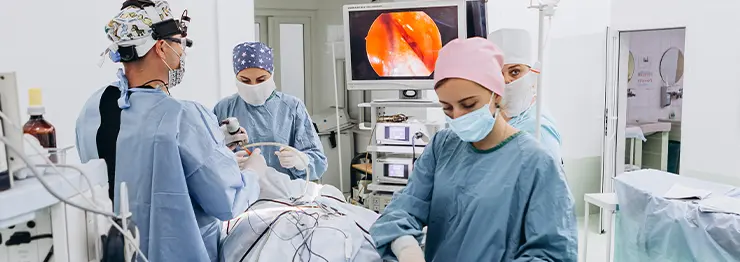
Poem also known as Per Oral Endoscopic Myotomy is a minimally invasive procedure. It involves making a tiny incision within the oesophageal muscle. It uses a specialised endoscope to treat gastroparesis and adult Hirschsprung’s disease. This incision relaxes the muscle, relieving difficulty swallowing caused by achalasia, a condition that affects the muscles at the lower end of your oesophagus. The procedures take 50-70 minutes to complete with a 100% technical success rate and a 50-80% short-term success rate.
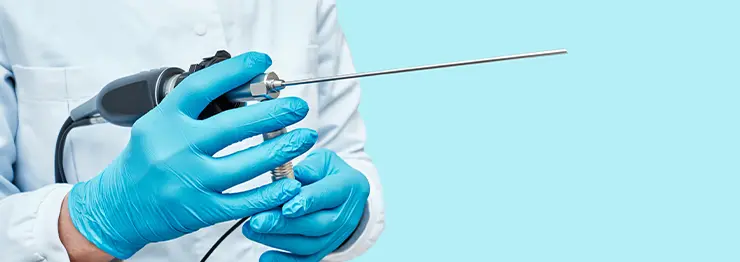
ESD or Endoscopic Submucosal Dissection is a minimally invasive procedure. This advanced technique tackles precancerous and cancerous growth or early-stage cancers within the digestive tract's lining. A highly skilled gastroenterologist usually inserts a long, flexible tube with a camera using an advanced endoscope through the patient’s mouth or anus. These tools allow for the precise removal of larger growths by carefully separating a thin layer of tissue beneath the growth and then lifting it away.
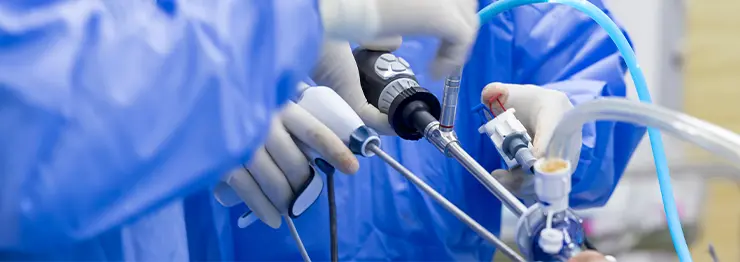
EMR is another endoscopic procedure to remove abnormal tissue from the digestive tract. This procedure is also known as Endoscopic Mucosal Resection and it’s a minimally invasive procedure for removing gastrointestinal cancer. This technique is typically used for smaller precancerous growths or polyps. A specialized snare loop is passed through the endoscope and used to lift and remove the polyp gently. EMR is a safe and effective option for early detection and treatment of precancerous lesions.
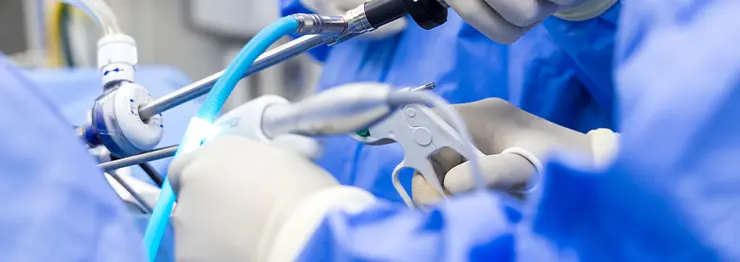
ERCP with Mechanical Lithotripsy is an endoscopic technique that helps to remove gallstones or pancreatic stones. This procedure combines advanced X-rays with a long, flexible tube called an endoscope. The endoscope is inserted into your digestive system, allowing your doctor to see the bile ducts and pancreas. If gallstones or pancreatic stones are identified, tiny balloons or baskets can be passed through the endoscope to break up or remove the stones.
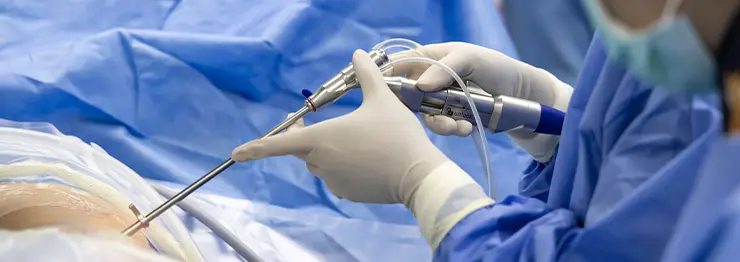
This procedure combines ERCP with an additional tool called a cholangioscope. This specialised camera provides a magnified view of the bile ducts, allowing for even more precise diagnosis and treatment. Once stones are located, similar techniques to ERCP with Mechanical Lithotripsy are used to break up or remove them using balloons or baskets passed through the endoscope.
POEM

Poem also known as Per Oral Endoscopic Myotomy is a minimally invasive procedure. It involves making a tiny incision within the oesophageal muscle. It uses a specialised endoscope to treat gastroparesis and adult Hirschsprung’s disease. This incision relaxes the muscle, relieving difficulty swallowing caused by achalasia, a condition that affects the muscles at the lower end of your oesophagus. The procedures take 50-70 minutes to complete with a 100% technical success rate and a 50-80% short-term success rate.
ESD

ESD or Endoscopic Submucosal Dissection is a minimally invasive procedure. This advanced technique tackles precancerous and cancerous growth or early-stage cancers within the digestive tract's lining. A highly skilled gastroenterologist usually inserts a long, flexible tube with a camera using an advanced endoscope through the patient’s mouth or anus. These tools allow for the precise removal of larger growths by carefully separating a thin layer of tissue beneath the growth and then lifting it away.
EMR

EMR is another endoscopic procedure to remove abnormal tissue from the digestive tract. This procedure is also known as Endoscopic Mucosal Resection and it’s a minimally invasive procedure for removing gastrointestinal cancer. This technique is typically used for smaller precancerous growths or polyps. A specialized snare loop is passed through the endoscope and used to lift and remove the polyp gently. EMR is a safe and effective option for early detection and treatment of precancerous lesions.
ERCP & Mechanical Lithotripsy

ERCP with Mechanical Lithotripsy is an endoscopic technique that helps to remove gallstones or pancreatic stones. This procedure combines advanced X-rays with a long, flexible tube called an endoscope. The endoscope is inserted into your digestive system, allowing your doctor to see the bile ducts and pancreas. If gallstones or pancreatic stones are identified, tiny balloons or baskets can be passed through the endoscope to break up or remove the stones.
ERCP & Cholangioscopy & Lithotripsy

This procedure combines ERCP with an additional tool called a cholangioscope. This specialised camera provides a magnified view of the bile ducts, allowing for even more precise diagnosis and treatment. Once stones are located, similar techniques to ERCP with Mechanical Lithotripsy are used to break up or remove them using balloons or baskets passed through the endoscope.
Top specialists. Advanced technology. Exceptional healthcare.
